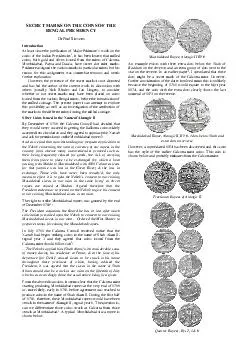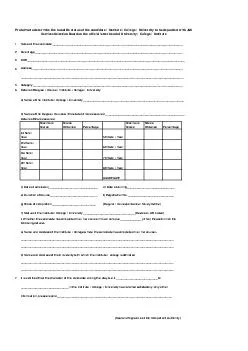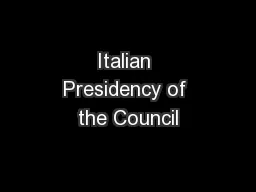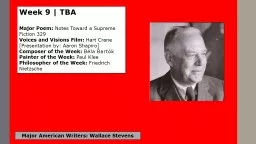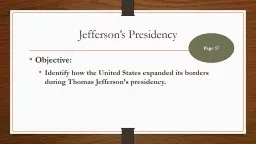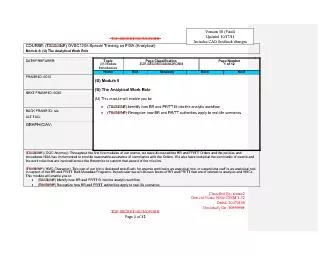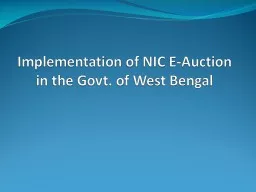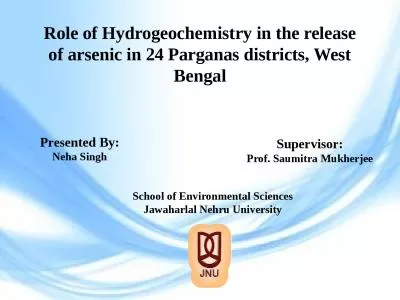PDF-SECRET MARKS ON THE COINS OF THE BENGAL PRESIDENCY Dr Paul Stevens Introduction At least
Author : calandra-battersby | Published Date : 2015-03-15
Pridmore assigned the various marks to particular m ints but his reason for this assignment was somewhat tenuous and needs further exploration However the presence
Presentation Embed Code
Download Presentation
Download Presentation The PPT/PDF document "SECRET MARKS ON THE COINS OF THE BENGAL ..." is the property of its rightful owner. Permission is granted to download and print the materials on this website for personal, non-commercial use only, and to display it on your personal computer provided you do not modify the materials and that you retain all copyright notices contained in the materials. By downloading content from our website, you accept the terms of this agreement.
SECRET MARKS ON THE COINS OF THE BENGAL PRESIDENCY Dr Paul Stevens Introduction At least: Transcript
Download Rules Of Document
"SECRET MARKS ON THE COINS OF THE BENGAL PRESIDENCY Dr Paul Stevens Introduction At least"The content belongs to its owner. You may download and print it for personal use, without modification, and keep all copyright notices. By downloading, you agree to these terms.
Related Documents

